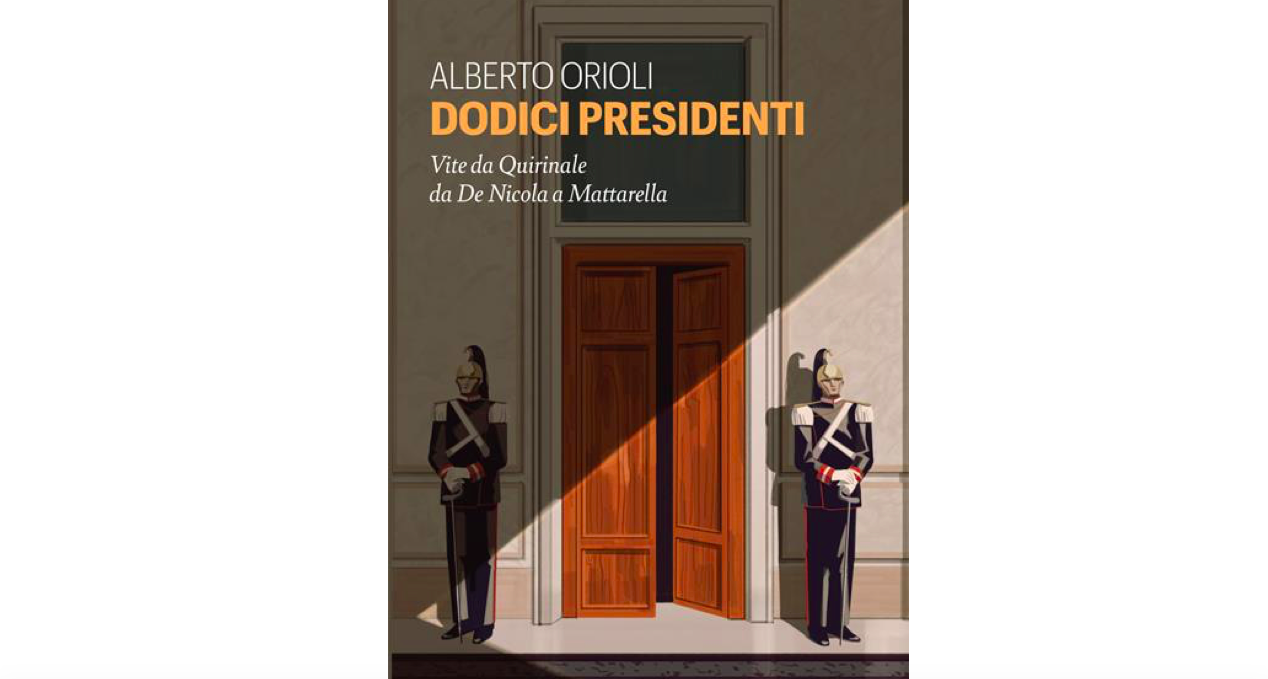The presidents of the Republic between historical courses and appeals

“Twelve presidents” (Il Sole24Ore) by Alberto Orioli read by Tullio Fazzolari
It happens in Italy that a President of the Republic is only remembered for a wrong postage stamp, the so-called “Gronchi rosa”. Or that another head of state, Luigi Einaudi, is cited above all for being one of the greatest economists of the twentieth century. But very little is remembered of what was done in the seven years they spent at the Quirinale. Just as almost forgotten are the debates or rather the political clashes that preceded the election of each president.
Who remembers, for example, that it took even ten days of exhausting and useless voting before arriving at the proclamation of Sandro Pertini? Or that in three cases the presidential term lasted less than the seven years provided for by the Constitution?
"Twelve presidents" by Alberto Orioli (Il Sole24Ore, 340 pages, € 16.90) comes at the most opportune moment to restore historical memory of what has happened since 1946. The countdown to the election of the next head of state is it has practically already begun and, between now and the last week of January, the political news will talk incessantly about more or less probable candidates and majorities. But if you don't know the past you risk not understanding the present.
Orioli's book, among the many that have been published in the run-up to the voting for the Quirinale, is the one that best reconstructs the whole history of republican Italy. "Twelve presidents" is not only the biographies of as many heads of state, from De Nicola to Mattarella, but the detailed chronicle of the events of Italian politics.
Interest increases when, reading Orioli's book, it emerges that issues still considered topical have actually been open for some time. Recently there has been talk of introducing the limit of a single term for the President of the Republic. Which would not be unreasonable given the seven-year duration that is significantly longer than that of heads of state from other countries. But it is not the first time that we talk about it. The need to ban a second term had already been expressed by two presidents, Antonio Segni and Giovanni Leone, not surprisingly both of legal training. Another issue that periodically reappears is who the head of state should give the task of forming the new government in the aftermath of the political elections. There is no written rule. It was Enrico De Nicola who introduced a practice on the eve of the 1948 elections by saying that he would entrust it to the leader of the relative majority party. Which at the time, with the DC at 48 per cent, seemed natural but which today, with no party approaching 30 per cent, is much more problematic.
The two examples just mentioned show that Orioli's historical reconstruction does not neglect any detail that is useful for understanding today's politics as well. But also to understand that the role of the President of the Republic is anything but honorific. And it is the merit of this book to fully report a fundamental passage from Sergio Mattarella's inauguration speech, which with the rhetorical artifice of the fourteen "means" reaffirmed the task of the head of state, arbiter and guarantor of the Constitution. It is enough to reread his words and the wish is natural that the thirteenth president will be at the same height as Mattarella.
This is a machine translation from Italian language of a post published on Start Magazine at the URL https://www.startmag.it/mondo/i-presidenti-della-repubblica-tra-corsi-e-ricorsi-storici/ on Sat, 01 Jan 2022 08:34:08 +0000.
